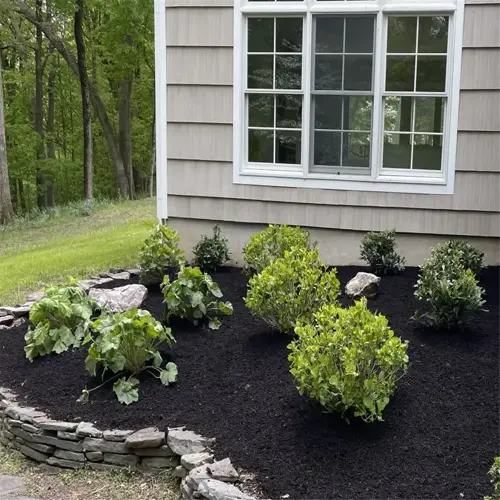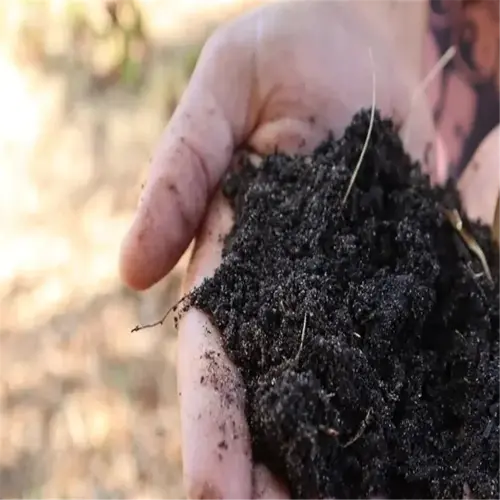What are the best native flowers for bees?

Written by
Tina Carter
Reviewed by
Prof. Martin Thorne, Ph.D.Plants that are classified as native flowers, such as purple coneflower and goldenrod, provide sustenance for bees through specific nectar ratios and high pollen quality. Their evolutionary history with local pollinators outperforms hybrids in nutritional value. One of our clients reports a change to native flowers doubled the bee diversity during just one growing season.
Seasonal Staples
- Spring: Virginia bluebells (early pollen for queen bees)
- Summer: sunflower (massive pollen production)
- Fall: New England aster (migration fuel)
Regional Powerhouses
- Northeast: bee balm (tubular blooms for bumblebees)
- Midwest: prairie clover (drought-resistant pollen)
- Southwest: desert marigold (nocturnal bee support)
In groups of five or more, plant blazing star; the dense purple spikes allow bees to forage effectively. Cozy up the plants 12-18 inches apart to avoid mildew. A Minneapolis gardener's 8x10 foot patch attracted 40+ bee species, including rare rusty-patched bumblebees.
Sunflowers require full sunlight and lean soil to achieve maximum production of pollen. This means that one should avoid rich compost, as it leads to more leaves than flowers. I mix in 30% sand when planting in clay soils, to allow for better drainage. This one practice allows my clients to achieve 3 times the amount of blooms in their gardens!
Leave the goldenrod stems standing in winter, as their hollow stems provide a warm and dry environment for leafcutter bee larvae. One homeowner observed 15 cocoons per stalk instead of the 5 cocoons from their artificial bee hotel. One of the best aspects of this natural strategy is that no maintenance is required beyond cleaning up in the spring.
Read the full article: Top Native Pollinator Plants for a Healthy Ecosystem

